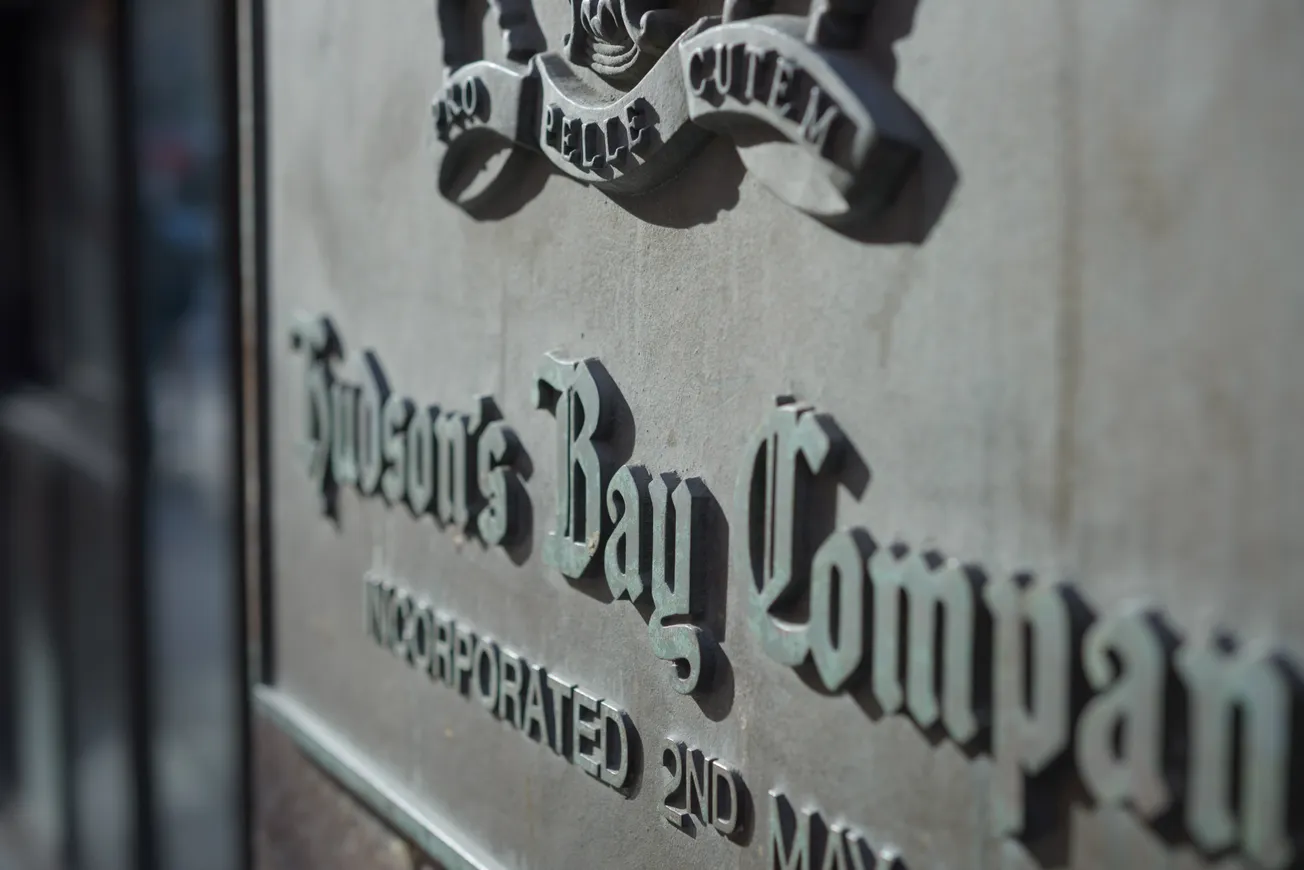The Hudson’s Bay Company, the oldest incorporated business in North America, is facing one of its most challenging periods in its 354-year history.
Founded in 1670 as a fur trading company before evolving into a major retail player, the company has long been a cornerstone of Canadian commerce.
However, mounting financial difficulties, shifting consumer habits, and economic headwinds have forced the company into a critical restructuring phase, raising questions about its future viability in an increasingly digital retail environment.
Creditor Protection and Financial Challenges
On March 7, HBC filed for creditor protection under Canada’s Companies' Creditors Arrangement Act in response to mounting financial pressure. As part of its immediate financial strategy, HBC secured interim debtor-in-possession financing, with an initial CAD$16 million approved to support ongoing operations while the company explores additional financing options.
The filing follows a prolonged period of financial distress. Escalating trade tensions between Canada and the United States have hindered HBC’s ability to refinance its debt. Meanwhile, rising interest rates, inflation, and decreased consumer spending have compounded the company’s difficulties, creating a perfect storm of economic challenges.
Additionally, the shift to remote work following the COVID-19 pandemic has permanently reduced foot traffic in many of HBC's downtown stores, further straining revenues.
Strategic Missteps and Market Shifts
HBC’s recent struggles are rooted in both external economic factors and internal business decisions. In December 2024, the company spun off its luxury retail division, Saks Fifth Avenue, which merged with Neiman Marcus Group to form Saks Global.
The move was designed to allow HBC to focus on its Canadian operations, but it also left the company without a luxury retail buffer against declining mid-tier department store sales.
The company has also struggled to modernize its business model. While competitors invested aggressively in e-commerce and omnichannel experiences, HBC’s transition was slower, leaving it vulnerable to digital-first retailers like Amazon and Canadian competitors such as Simons.
Meanwhile, its reliance on real estate holdings to offset retail losses has been a double-edged sword, providing short-term liquidity but eroding the company’s physical retail footprint.
Pathways to Survival
As HBC navigates this restructuring, industry analysts suggest several potential strategies to stabilize its operations and remain competitive:
-Streamlining Operations: Closing underperforming stores and optimizing supply chain efficiency to reduce operational costs.
-Strengthening E-Commerce: Expanding TheBay.com and investing in digital experiences to attract online shoppers.
-Repositioning the Brand: Shifting towards an experiential retail model with in-store events and exclusive product offerings.
-Strategic Partnerships: Exploring collaborations with other retailers and technology firms to enhance product accessibility and market reach.
Lessons for Legacy Retailers
HBC’s challenges reflect broader trends affecting legacy department stores worldwide. The rise of digital commerce, shifting consumer behaviors, and economic pressures demand rapid adaptation from traditional retailers. The company's ability to reinvent itself in a changing market will serve as a case study for other longstanding brands navigating similar disruptions.
HBC currently operates 80 Hudson’s Bay stores across Canada, alongside its e-commerce platform, TheBay.com. Additionally, it manages Canadian operations for three Saks Fifth Avenue stores and 13 Saks Off 5th locations under a licensing agreement.
While the Saks banner remains unaffected by the restructuring, Hudson’s Bay’s traditional department stores face an uncertain future.
The coming months will be pivotal for HBC as it restructures and negotiates its future. Whether it emerges as a revitalized retailer or fades into history will depend on its ability to embrace innovation while honoring its legacy. For now, North America’s oldest company stands at a crossroads, facing the difficult task of balancing tradition with transformation in an increasingly modern retail environment.









